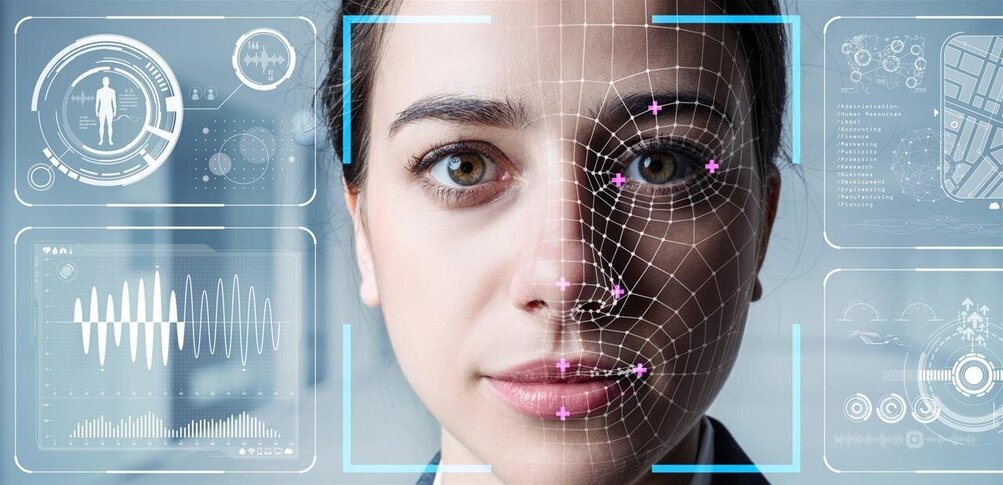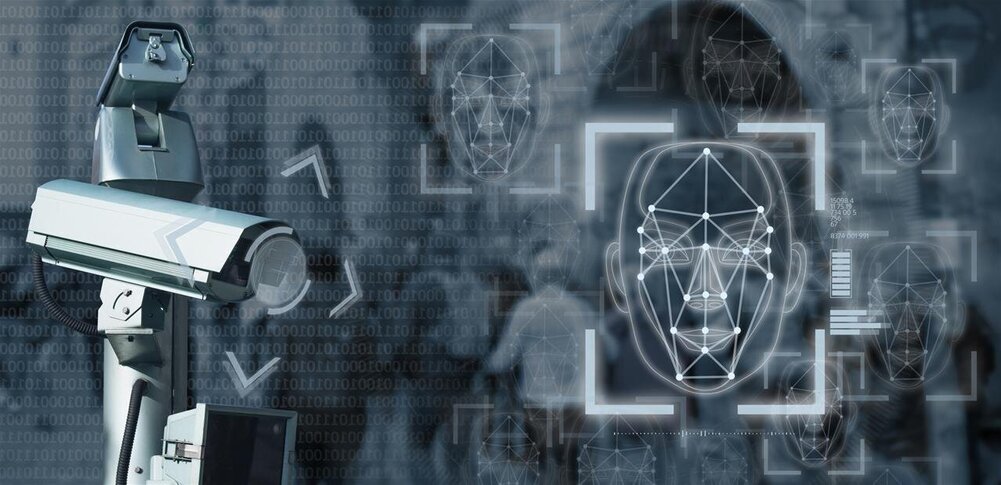AI encompasses many techniques for developing software models that can accomplish meaningful work, including neural networks, genetic algorithms and reinforcement learning. Previously, only humans could perform this work. Now, these techniques can build different kinds of AI models.
Generative AI models are one of the most important kinds of AI models. A generative model creates things. Any tool that uses AI to generate a new output — a new picture, a new paragraph or a new machine part design — incorporates a generative model.
The various applications for generative models
Generative AI functions across a broad spectrum of applications, including the following:
- Natural language interfaces. In performing both speech and text synthesis, these AI systems power digital assistants such as Amazon’s Alexa, Apple’s Siri and Google Assistant, as well as tools that auto-summarize text or autogenerate press releases from a set of key facts.
- Image synthesis. These AI systems create images based on instructions or directions. They will, if told to, create an image of a kiwi bird eating a kiwi fruit while sitting on a big padlock key. They can be used to create ads, fashion designs or movie production storyboards. DALL-E, Midjourney and Wombo Dream are examples of AI image generators.
- Space synthesis. AI can also create three-dimensional spaces and objects, both real and digital. It can design buildings, rooms and even whole city plans, as well as virtual spaces for gameplay or metaverse-style collaboration. Spacemaker is a real-world architectural program, while Meta’s BuilderBot (in development) will focus on virtual spaces.
- Product design and object synthesis. Now that the public is more aware of 3D printing, it’s worth noting that generative AI can design and even create physical objects like machine parts and household goods. AutoCAD and SOL75 are tools using AI to perform or assist in physical object design.
Mots-clés : cybersécurité, sécurité informatique, protection des données, menaces cybernétiques, veille cyber, analyse de vulnérabilités, sécurité des réseaux, cyberattaques, conformité RGPD, NIS2, DORA, PCIDSS, DEVSECOPS, eSANTE, intelligence artificielle, IA en cybersécurité, apprentissage automatique, deep learning, algorithmes de sécurité, détection des anomalies, systèmes intelligents, automatisation de la sécurité, IA pour la prévention des cyberattaques.






